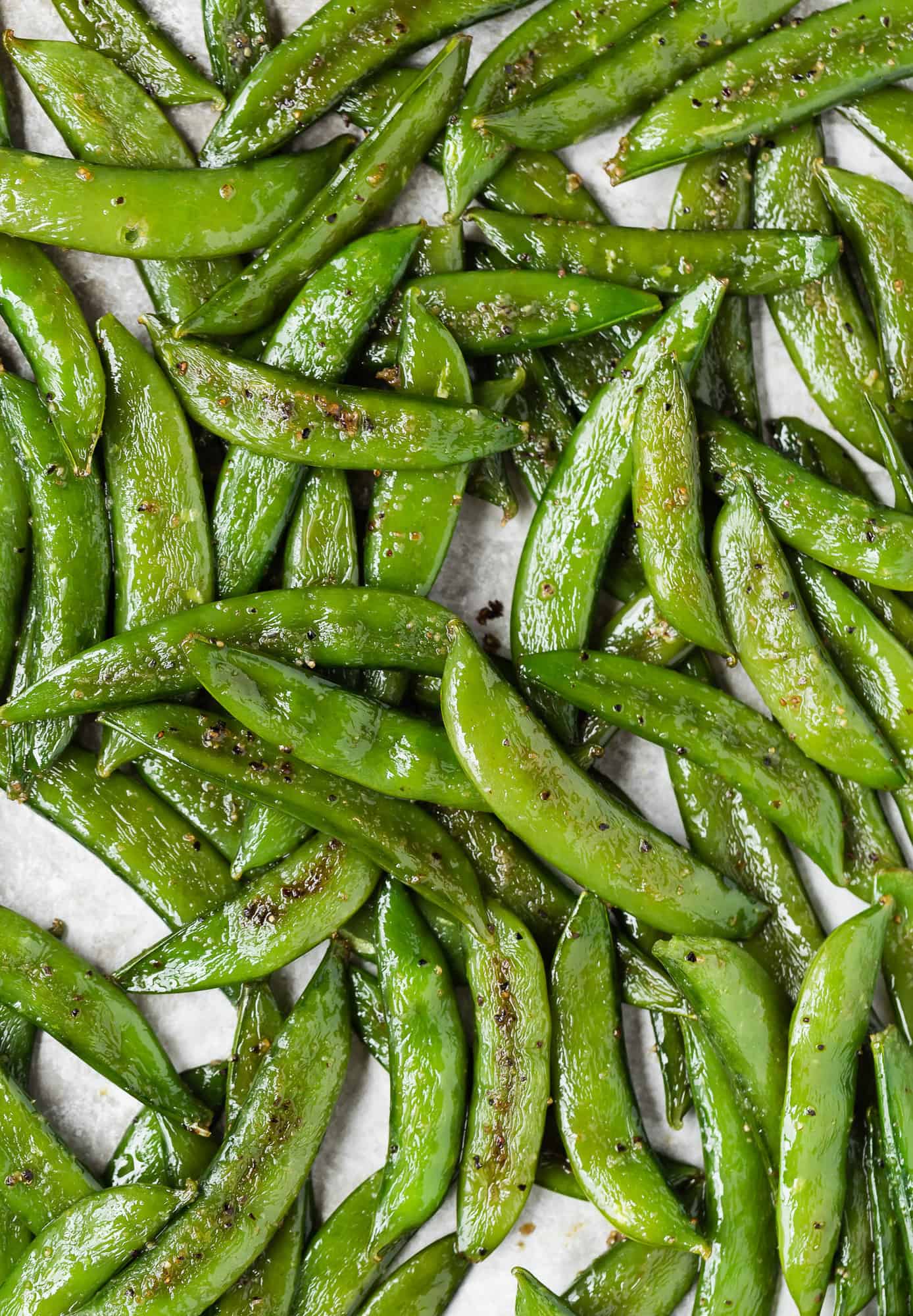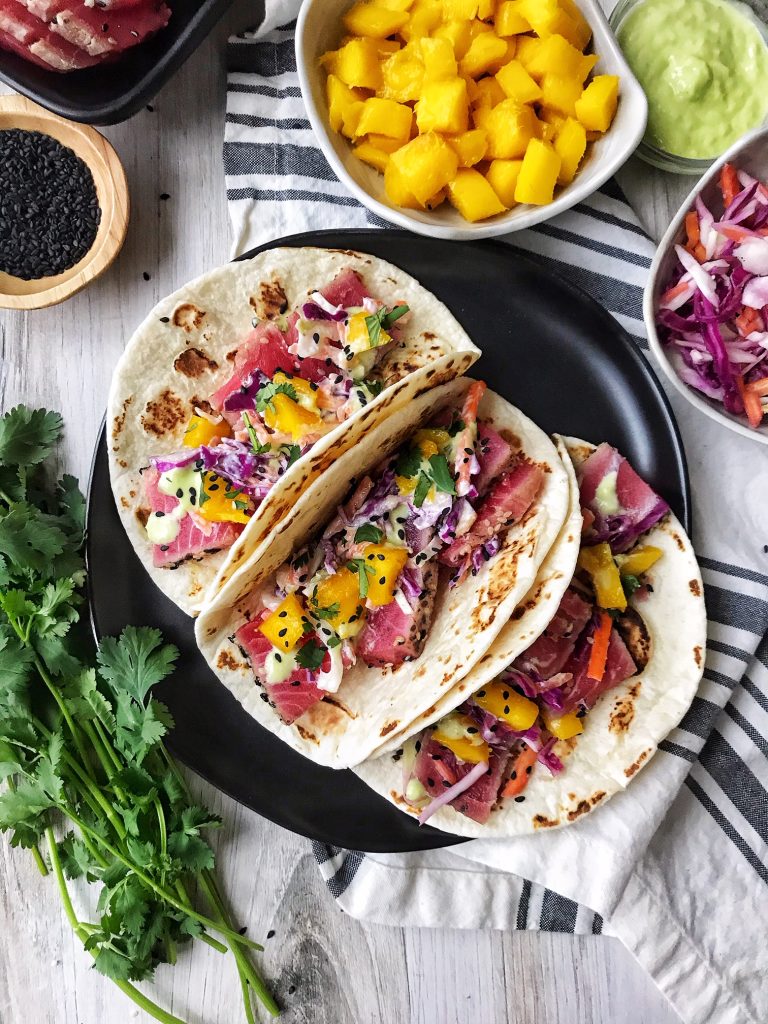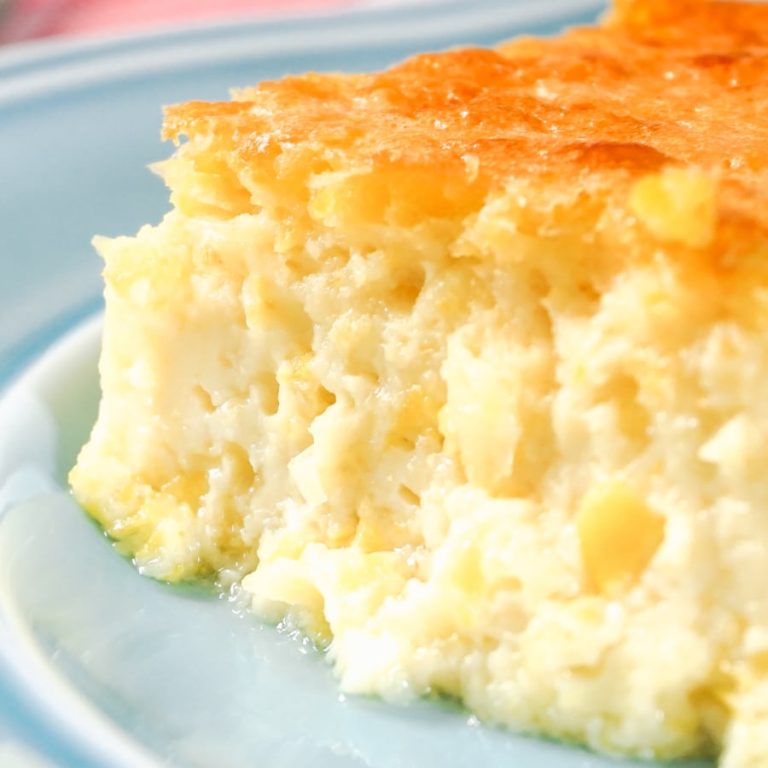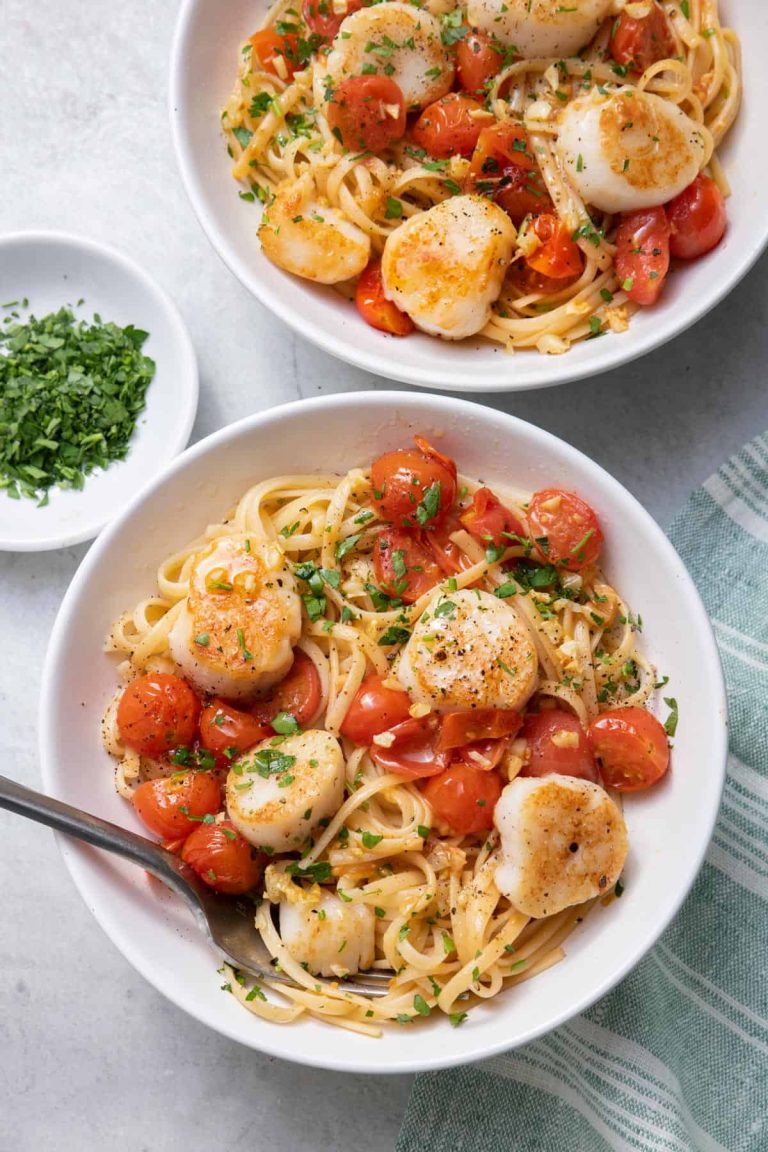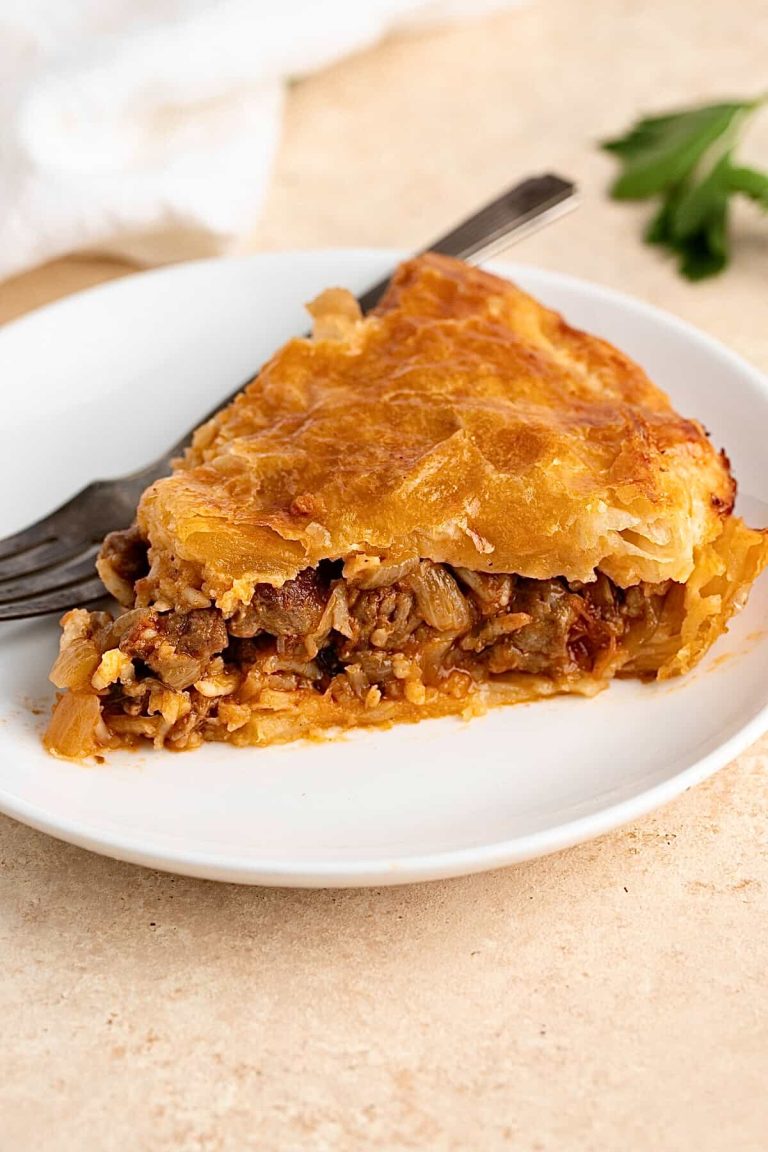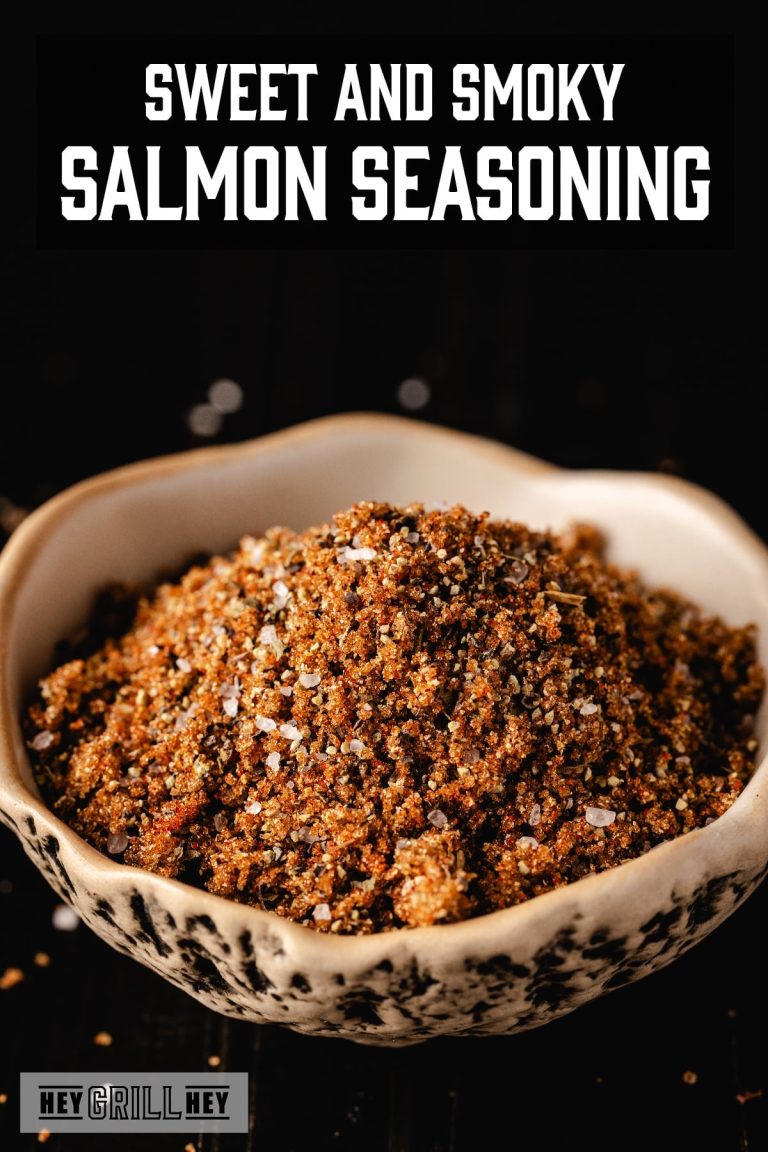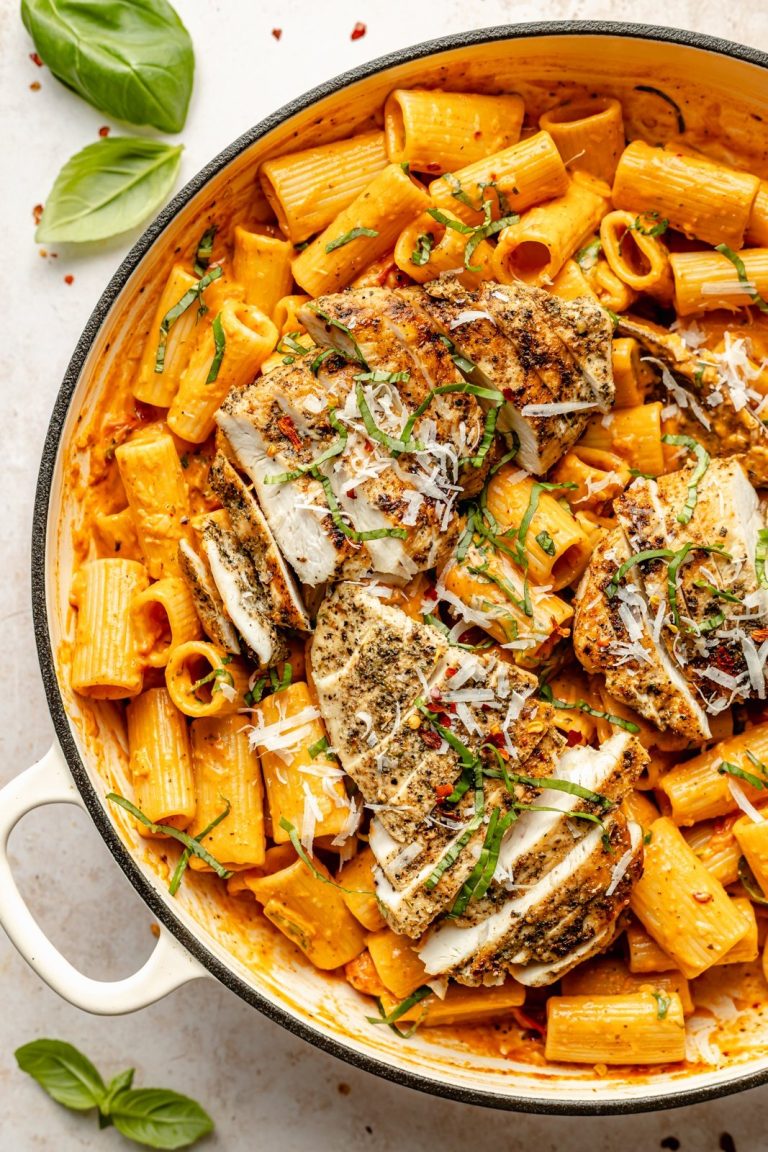Sugar Snap Peas: Growing, Harvesting, Storage, and Recipe Ideas
Sugar snap peas, a hybrid of garden peas and snow peas, originated in the late 20th century. Developed by Dr. Calvin Lamborn and Dr. M.C. Parker in 1979, this hybrid aimed to combine the best traits of its parent plants. Classified under the species Pisum sativum, sugar snap peas belong to the Fabaceae family. They thrive in cool climates, making them ideal for spring and early summer planting. These peas are characterized by their plump, edible pods that are both crisp and sweet.
Nutritional Profile and Health Benefits
Sugar snap peas are nutrient-dense, offering various vitamins and minerals. One cup (98 grams) provides approximately:
| Nutrient | Amount per Cup (98g) |
|---|---|
| Calories | 41 |
| Protein | 2.8 grams |
| Fiber | 2.5 grams |
| Vitamin C | 60% of daily value |
| Vitamin A | 22% of daily value |
| Vitamin K | 31% of daily value |
| Folate | 10% of daily value |
| Iron | 4% of daily value |
| Manganese | 12% of daily value |
Sugar snap peas offer several health benefits. Their high vitamin C content supports immune function and skin health. The fiber aids in digestion and helps maintain a healthy gut. Vitamin K is crucial for bone health, while folate is essential for DNA synthesis and cell division. These peas also provide antioxidants that combat oxidative stress and may reduce the risk of chronic diseases.
How to Grow Sugar Snap Peas
Soil and Climatic Requirements
Sugar snap peas thrive in well-drained, fertile soil with a pH ranging from 6.0 to 7.0. For optimal growth, ensure the soil is rich in organic matter. Peas prefer cool weather, thriving in temperatures between 55°F and 70°F. They can tolerate light frosts but not extreme heat. If planting in spring or early summer, consider the local last frost date to ensure proper timing.
Planting Tips and Care
Plant sugar snap pea seeds directly into the ground about 1 inch deep and 2 inches apart. Space rows approximately 18-24 inches apart for adequate air circulation. Water the peas moderately, keeping the soil consistently moist but not waterlogged. Mulch around the seedlings to retain moisture and suppress weeds. Support the growing vines with trellises or stakes to prevent the pods from touching the ground, which helps reduce disease risk. Regularly check for pests like aphids and beetles, and use organic treatments if needed.
Harvesting and Storing Sugar Snap Peas
Best Practices for Harvest
Ensure sugar snap peas are harvested when pods are plump but still tender. Typically, markers include well-rounded pods and a bright green color. Use scissors or garden shears to avoid damaging the plant; cutting close to the vine ensures regrowth. Harvest regularly, preferably daily, to encourage continuous production. Cooler times, like mornings or late afternoons, help maintain maximum freshness during harvest.
Storage Tips to Extend Freshness
Store sugar snap peas promptly after harvesting to retain their sweetness and crunch. Keep them in a perforated plastic bag to allow airflow, preventing moisture buildup. Place the bag in the refrigerator’s crisper drawer, where temperatures range from 32°F to 40°F. Peas stay fresh for up to five days. For longer storage, blanch them in boiling water for two minutes, then freeze. This method preserves taste and texture for up to eight months.
Cooking and Recipes With Sugar Snap Peas
Basic Preparation Methods
Blanching enhances sugar snap peas’ color and flavor. Boil water, add peas for 1-2 minutes, then plunge into ice water. For steaming, place peas in a steamer basket over boiling water for 3-4 minutes. Sauté sugar snap peas in a hot pan with olive oil for 3-5 minutes, until tender-crisp. Raw sugar snap peas make an excellent addition to salads, adding crunch and sweetness.
Creative Recipes to Try
Stir-Fry: Combine sugar snap peas with bell peppers, carrots, and broccoli in a soy-ginger sauce for a quick, healthy meal. Salads: Mix with cherry tomatoes, feta cheese, and a lemon vinaigrette. Pasta Dishes: Add peas to pasta with garlic, parmesan, and a light cream sauce. Stir-Fried Rice: Incorporate sugar snap peas into fried rice for extra crunch and nutrition. Grilled: Toss peas in olive oil and grill for 2-3 minutes, seasoning with salt and pepper for a smoky flavor.
Conclusion
Sugar snap peas are a versatile and nutritious addition to your diet and garden. Whether you’re growing them yourself or picking them up at the market, they offer a delightful crunch and a burst of sweetness. With proper care, these peas can thrive and provide a bountiful harvest.
In the kitchen, their culinary possibilities are endless, from simple salads to complex stir-fries. By following the tips for planting, harvesting, and storing, you’ll ensure the best quality and flavor. Enjoy the myriad ways to incorporate sugar snap peas into your meals and reap the health benefits they bring.
